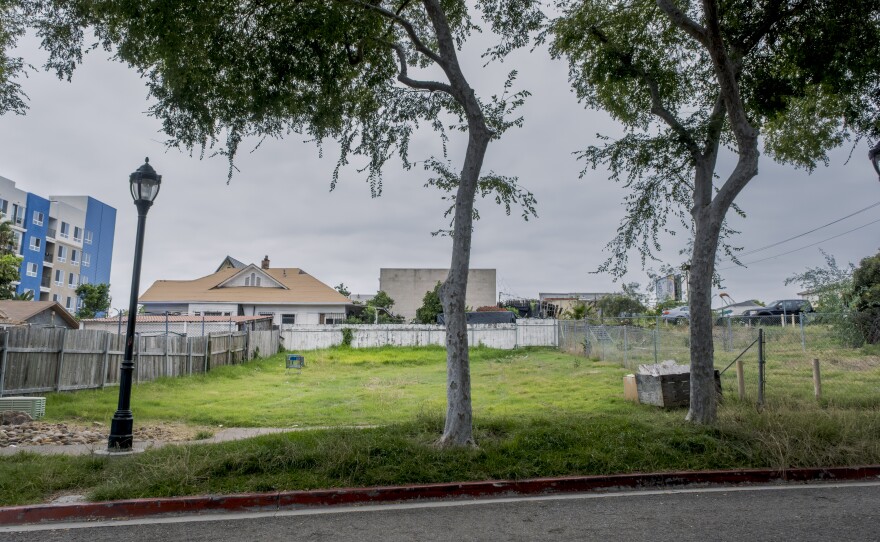San Diego State University (SDSU) is opening a new hub to connect communities with resources for projects that address disproportionate harm from pollution and industry.
The federal government increased funding for environmental justice initiatives in recent years. But the Environmental Protection Agency’s Southern (EPA) California Field Director Noemi Emeric-Ford said it can be hard for organizations to access that funding — to know where to find it, how to apply and who can help.
SDSU is launching the Center for Community Energy and Environmental Justice to get that money into the hands of communities that need it most, typically communities of color.
Though it will be based in San Diego, it will support projects in California, Arizona, Nevada, Hawaii, Guam, American Samoa and the Northern Mariana Islands.
The EPA and the U.S. Department of Energy allocated $10 million to the center to operate for five years.
Staff will help measure need, facilitate community engagement, navigate government systems and laws, identify grant opportunities and provide training and guidance.
It’s one of 16 such centers launching across the country, and lawmakers said they are the first of their kind.
Zoning laws funneled racial minorities into areas with more pollution and less resources and support, resulting in worse health issues — like high asthma rates in Barrio Logan — and lower property values.
Congressman Juan Vargas, who represents the southernmost parts of San Diego County, said the center is one step on a long journey to remedy that damage.
“Layers of history and events of the past have caused certain communities, like here in National City, to be way more burdened than others with environmental health and justice issues,” he said. “Air pollution, for one, and other environmental health hazards are very complicated matters, and it will take enormous efforts to peel away each of those layers.”
Center staff said they are open to assisting with any project that helps address environmental justice issues, and listed the Port of San Diego’s transition from diesel to electric cranes as an example.

They also cited the rehabilitation of brownfields in National City — making plots of land polluted and and then abandoned by industry, into environmentally safe and usable spaces for the community again.
The center’s goal is to lower the barriers to support advocates who have long been doing this work on the ground. The possibilities are as varied as the communities’ ideas.
They are looking to locate a physical center on SDSU’s planned campus in Mission Valley, but resources are offered remotely.







